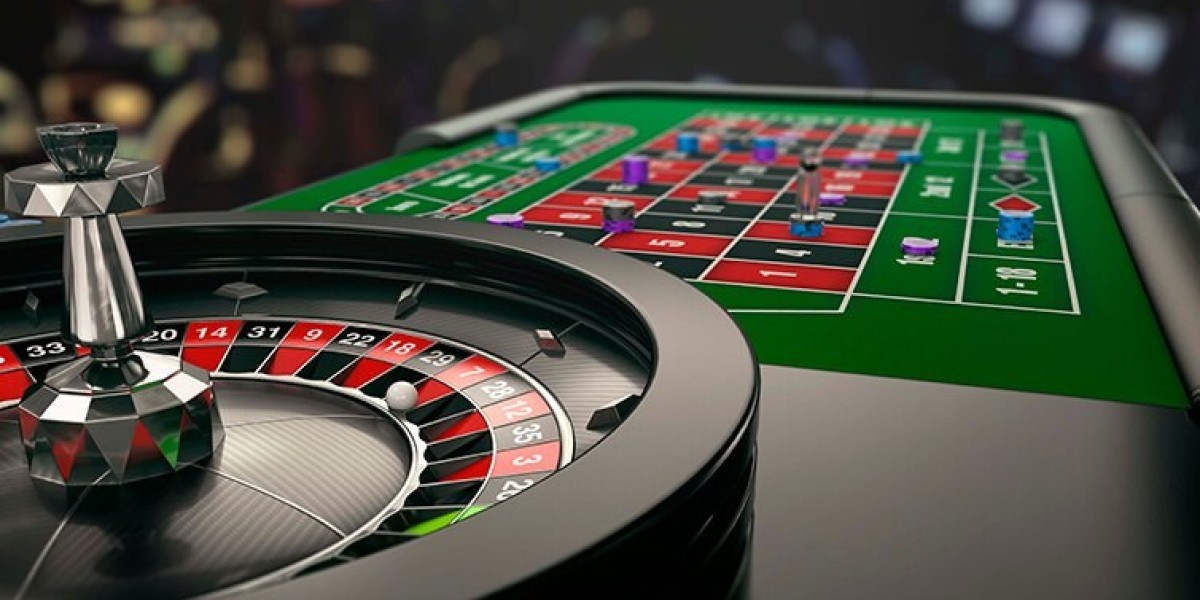In the fast-paced world of e-commerce, businesses constantly seek innovative ways to stand out and provide exceptional customer experiences. One of the most exciting developments in recent years is the rise of Augmented Reality (AR) customization. This technology offers a unique opportunity for brands to enhance customer engagement, improve conversion rates, and build lasting relationships with consumers.
Understanding Augmented Reality in E-Commerce
Augmented Reality (AR) overlays digital information onto the real world, allowing users to interact with virtual elements in a way that feels seamless and immersive. In e-commerce, AR enables customers to visualize products in their own environment before making a purchase. This can include everything from trying on clothes and accessories to placing furniture in their homes. By bridging the gap between the digital and physical worlds, AR customization transforms the online shopping experience into a more engaging and interactive journey.
The Benefits of AR Customization in E-Commerce
- Enhanced Customer Engagement
One of the most significant advantages of AR customization is its ability to capture customer attention. When shoppers can visualize products in their own space or see how items look on them virtually, they are more likely to engage with the brand. This interactive experience not only makes shopping more enjoyable but also encourages users to spend more time exploring products. Engaged customers are more likely to convert, leading to increased sales.
- Reduced Return Rates
Online retailers often face the challenge of high return rates due to sizing issues or product misrepresentation. AR customization helps mitigate this problem by allowing customers to see how products will fit or look in their environment. For example, furniture retailers can provide AR tools that let customers visualize a sofa in their living room, ensuring that they make informed purchasing decisions. This reduces the likelihood of returns, saving businesses time and resources.
- Personalized Shopping Experience
AR customization allows for a more personalized shopping experience. Brands can offer tailored recommendations based on customer preferences, such as color, size, and style. This level of personalization creates a deeper connection between the customer and the brand, fostering loyalty and repeat business. For instance, beauty brands can use AR to let customers virtually try on makeup shades that suit their skin tone, creating a tailored experience that resonates with individual preferences.
- Increased Conversion Rates
The use of AR in e-commerce has been shown to significantly increase conversion rates. A study by Shopify revealed that customers who engage with AR content are 94% more likely to convert compared to those who do not. This can be attributed to the enhanced visualization and confidence that AR provides. Customers feel more assured in their purchasing decisions when they can see how a product fits into their lives, leading to higher sales.
- Competitive Advantage
As the e-commerce landscape becomes increasingly saturated, brands need to find ways to differentiate themselves. Implementing AR customization not only enhances the customer experience but also positions brands as innovative leaders in their industry. Companies that adopt AR early on can attract tech-savvy consumers and create buzz around their products, giving them a competitive edge.
Successful AR Customization Examples
Many brands are already harnessing the power of AR customization to elevate their e-commerce strategies.
- IKEA Place: This app allows customers to visualize IKEA furniture in their own homes using AR technology. Users can see how different pieces look in their space, ensuring that they choose items that fit both their aesthetic and their room dimensions. The result is a more confident purchase decision and reduced return rates.
- Sephora Virtual Artist: Sephora has embraced AR through its Virtual Artist feature, allowing customers to try on makeup virtually. Users can see how different shades of lipstick or eyeshadow look on their skin tone before making a purchase, creating a personalized and interactive shopping experience.
- Warby Parker: The eyewear retailer offers an AR feature that lets customers try on glasses virtually. This not only enhances the shopping experience but also helps customers find the right fit and style, leading to higher satisfaction and fewer returns.
Implementing AR Customization in Your E-Commerce Strategy
For brands looking to integrate AR customization into their e-commerce platforms, here are a few steps to consider:
- Identify Opportunities: Assess your product offerings to determine where AR could add the most value. Consider categories where visualization is key, such as furniture, fashion, or beauty.
- Invest in Technology: Collaborate with AR developers to create customized solutions that align with your brand. Whether it’s a mobile app or a web-based tool, ensure the technology is user-friendly and accessible.
- Educate Your Customers: Promote your AR features through marketing campaigns to raise awareness. Provide tutorials or guides on how to use the AR tools effectively to maximize engagement.
- Gather Feedback: Monitor customer interactions with your AR features and gather feedback to continually improve the experience. Use this data to refine your offerings and ensure they meet customer needs.
Conclusion
Augmented Reality customization is revolutionizing the e-commerce landscape by enhancing customer engagement, reducing return rates, and increasing conversion rates. As more brands adopt this technology, those who invest in AR will not only improve their customer experiences but also gain a competitive advantage in an ever-evolving market. Embracing AR customization is not just a trend; it’s a strategic move toward a more immersive and successful e-commerce future.








